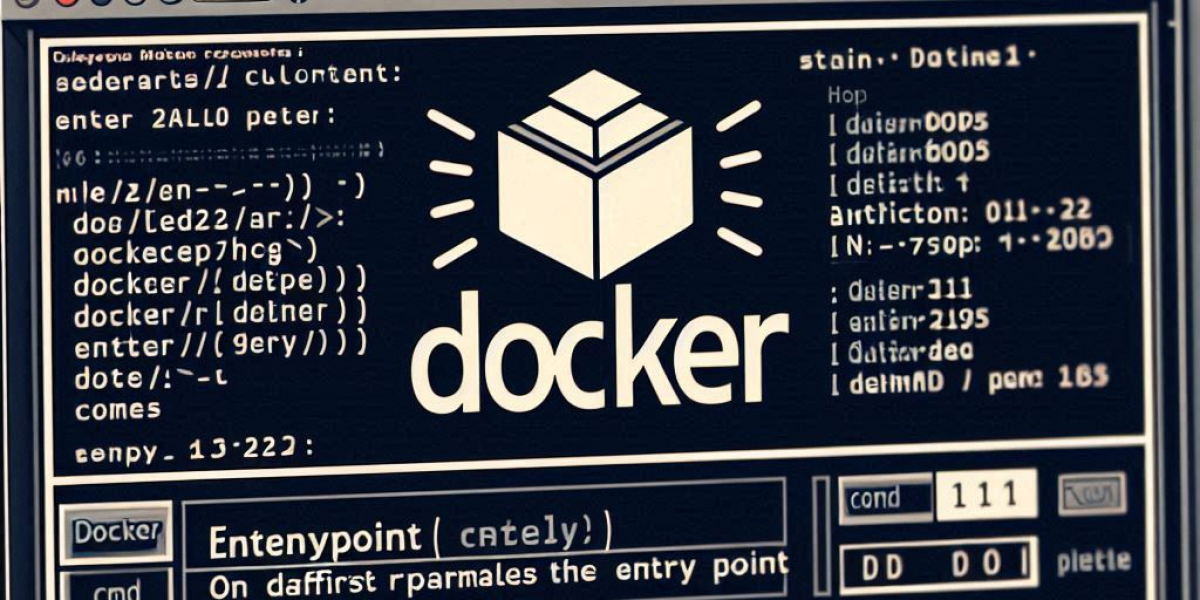In this article, we’ll take an in-depth look at what DaemonSets are, how they work, their use cases, and why they are vital for effective cluster management.
What is Kubernetes DaemonSet?
In Kubernetes, a docker cmd vs entrypoint is a controller that ensures a copy of a pod runs on all or specific nodes in the cluster. DaemonSets are ideal for deploying system-level pods, such as logging agents, monitoring tools, or security components, that need to be present on every node. This mechanism guarantees that these critical services are always available, even as the cluster scales up or down.
DaemonSets are particularly useful in large, dynamic environments where consistency across nodes is vital. Unlike traditional deployments where pods can be scheduled on any available node, a Kubernetes DaemonSet specifically ensures that each node runs exactly one copy of the desired pod.
How Does a DaemonSet Work?
DaemonSets follow a simple pattern within Kubernetes. When a new node is added to the cluster, the DaemonSet controller automatically ensures that the appropriate pod is scheduled on the new node. If a node is removed from the cluster, the DaemonSet cleans up the associated pod.
Here’s how the basic process works:
- Pod Template: The DaemonSet uses a pod template that defines what kind of pod should be deployed on each node.
- Node Selection: By default, the DaemonSet deploys a pod on every node. However, you can configure it to deploy only on specific nodes using label selectors.
- Automatic Updates: Whenever there is a change in the pod template, Kubernetes updates the pods on all nodes to ensure they are in sync.
This architecture makes DaemonSets extremely useful for deploying critical system services that need to run everywhere in the cluster, such as log collectors, network services, or monitoring agents.
Use Cases for DaemonSet
DaemonSets are often used for deploying infrastructure-level services across a Kubernetes cluster. Here are some common use cases:
- Logging and Monitoring Agents
Logging and monitoring agents, such as Fluentd, need to run on all nodes to collect logs and metrics. A DaemonSet ensures that these agents are deployed consistently across every node, making it easy to aggregate and monitor system-level data.
- Networking Services
Network services like DNS or network plugins (e.g., Calico, Weave) are essential for maintaining connectivity within the cluster. Deploying these services as DaemonSets ensures they are available on every node.
- Storage Daemons
If you're using a distributed storage solution like Ceph or GlusterFS, you might want to run storage daemons on all nodes that contribute storage to the cluster. DaemonSets can be used to deploy these storage daemons across the cluster efficiently.
- Security Agents
Security tools, such as intrusion detection systems (IDS) or security scanning agents, need to monitor all nodes for potential vulnerabilities. DaemonSets allow you to deploy these agents consistently on each node to provide comprehensive security coverage.
Benefits of Kubernetes DaemonSet
DaemonSets offer a range of benefits, particularly for managing system-wide services that require uniform deployment across nodes:
- Consistency Across Nodes
DaemonSets ensure that all or selected nodes in your cluster run the same pod, guaranteeing uniformity. This is particularly important for system-level services that need to be deployed consistently.
- Automatic Scaling
As you add new nodes to your cluster, DaemonSets automatically deploy pods on these nodes without requiring manual intervention. This is useful for scaling clusters in dynamic environments where the number of nodes fluctuates.
- Easy Management
DaemonSets simplify the management of cluster-wide services by automatically cleaning up pods when nodes are removed and deploying them on new nodes as they are added.
Configuring DaemonSets with Node Selectors
While DaemonSets deploy pods on every node by default, there are situations where you may want to target specific nodes. For example, you might have different hardware or software requirements for certain pods. In such cases, you can use node selectors to fine-tune which nodes should run a DaemonSet's pods.
A node selector is a field in the DaemonSet specification that defines labels for nodes. Only nodes matching these labels will run the DaemonSet pods. This allows for more granular control over where pods are scheduled.
Rolling Updates in DaemonSets
One of the most powerful features of Kubernetes is the ability to perform rolling updates on your deployments. While this feature is most commonly associated with regular Deployments, it also applies to DaemonSets. Rolling updates allow you to update the pod template in a DaemonSet without taking down all pods simultaneously. This ensures minimal disruption to system-level services, which is critical for applications that require high availability.
Rolling updates in DaemonSets follow these basic steps:
- Update Pod Template: Modify the pod template in the DaemonSet to reflect the changes you want to make.
- Sequential Update: Kubernetes will update the pods on each node one by one, ensuring that the system remains operational throughout the update process.
- Completion: Once all nodes are updated, the process is complete, and your DaemonSet runs the updated pods.
DaemonSets and DevOps as a Service
In modern cloud environments, DevOps as a Service plays a critical role in streamlining infrastructure and application management. DaemonSets are an integral part of this, allowing organizations to automate the deployment of essential system services, ensuring uniformity across all nodes, and providing consistent monitoring, security, and logging.
By leveraging DaemonSets in a docker entrypoint vs cmd strategy, teams can enhance their operational efficiency, reduce manual overhead, and ensure that essential system components are always running across the cluster. This makes DaemonSets a vital tool in maintaining the overall health and performance of Kubernetes environments.
Conclusion
The Kubernetes DaemonSet is a powerful tool for managing system-level services in a Kubernetes cluster. Whether you're deploying logging agents, network services, or security tools, DaemonSets provide a reliable and efficient way to ensure these services are available on every node. By automatically deploying and managing pods as nodes are added or removed, DaemonSets simplify the management of complex, dynamic environments.
From ensuring consistency across nodes to offering seamless rolling updates, DaemonSets are essential for any Kubernetes-based infrastructure. When combined with other Kubernetes features, such as node selectors and rolling updates, DaemonSets offer unparalleled flexibility and control for managing critical services across your cluster.









